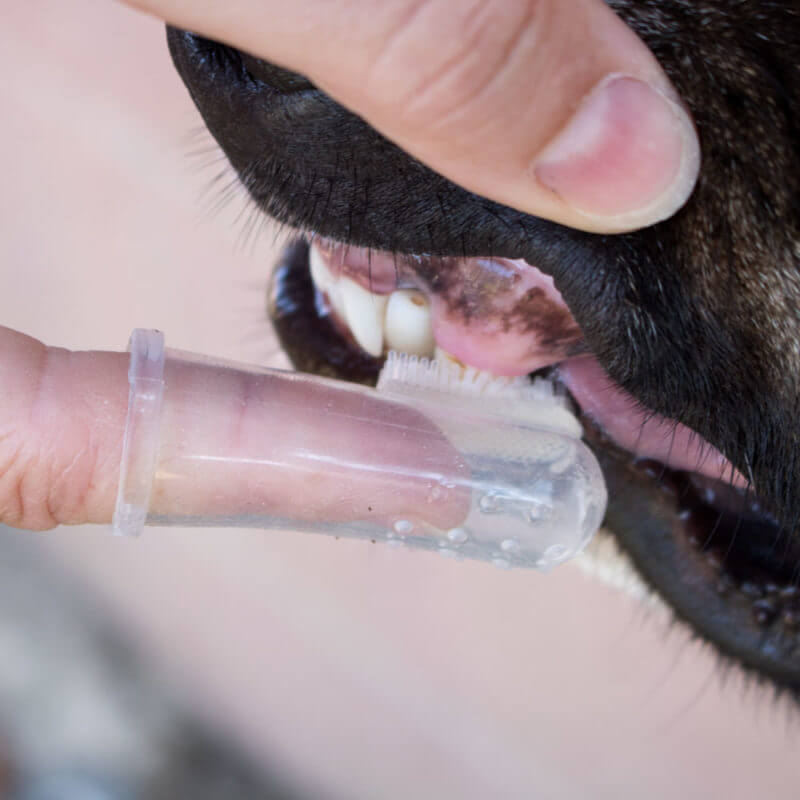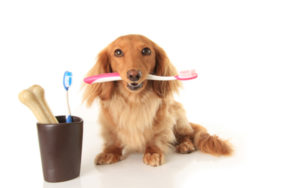
Daily toothbrushing is one of the most important things you can do for your pup’s health, yet very few dog owners make it part of their routine. Nobody wants another daily chore, but brushing is vital to ensuring your furry best friend’s mouth – and body – stay healthy and pain-free as long as possible.
“It’s very important, maybe more so than what I do,” says veterinary dentist, Thoulton W. Surgeon. “What I do, in terms of removing calculus and plaque is about a third as important as brushing teeth on a daily basis.”
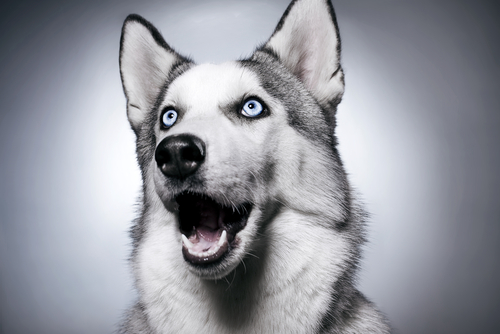
75% of dogs over the age of three suffer from some degree of periodontal disease. If left untreated, the infection in the gums can spread to the jawbone and the ligaments that hold the teeth in place. Over time, this results in significant pain, tooth loss, and even damage to the heart, liver, and kidneys.
It all begins when plaque forms on the dog’s teeth. This plaque leads to tartar and eventually inflammation and sensitivity of the gums known as gingivitis. Without intervention, gingivitis can soon progress to periodontal disease.
As the above statistic shows, this process does not take long. By the age of three, two thirds of dogs already have signs of periodontal disease, and it will only progress from there without proper dental care.
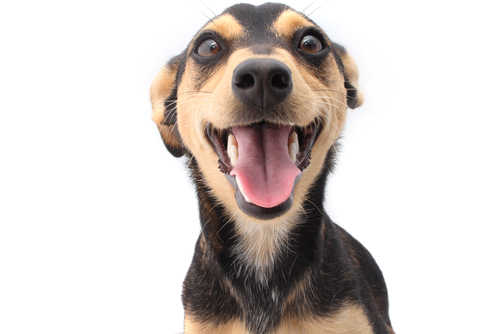
Many dog parents do not begin brushing their pups’ teeth until they notice bad breath or tartar buildup. The problem with waiting for issues to arise before making dental care a priority is three-fold:
1. Once significant damage is present, brushing alone cannot restore dental health.
Most humans brush their teeth twice a day and yet we still require periodic dental cleanings. While dogs do not eat the same variety of cavity-causing foods that we do, they still accumulate quite a bit of buildup without routine care. Beginning to brush after plaque has coated the teeth and the gums are inflamed simply is not enough to repair the damage.
If you find that your dog has dental disease, do not attempt to start a brushing routine. First, visit your vet for a dental exam and thorough professional cleaning to restore your dog’s mouth to a healthy state. After a brief recovery period, you can begin brushing to help extend the time between cleanings.
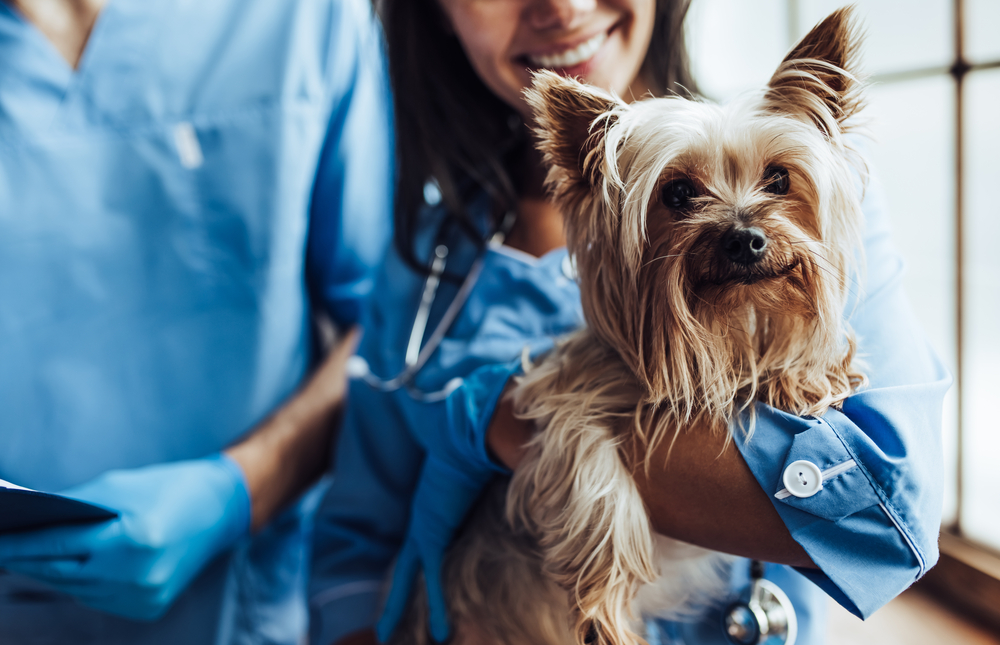
2. The longer bacteria is present in a dog’s mouth, the higher the risk of it entering the bloodstream and causing systemic problems.
The tartar that builds up on a dog’s teeth is 80% bacteria. If released into the bloodstream, this bacteria can travel throughout the body, potentially causing damage to the heart, liver and lungs. Studies have even found a link between dental infections and heart attacks and strokes in dogs.
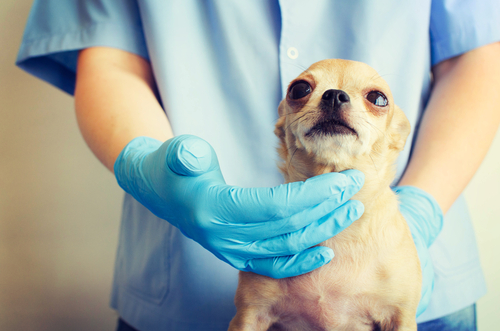
3. Attempting to begin brushing once periodontal disease is present may be painful for the dog, causing a negative association to form.
Dogs can be quite stoic, but make no mistake, dental disease is painful.
“That’s the main reason why people should care about dental problems in pets: It hurts them,” Tony M. Woodward, a veterinary dentist in Colorado says. “Pets don’t show pain from dental disease. When they’re in pain I wish dogs would paw at their faces or stop eating, but they don’t.”
Attempting to brush a dog’s teeth while they are in a painful state could cause them to associate the toothbrush with that pain. Brushing can actually feel quite good when the mouth is healthy.
You also run the risk of introducing bacteria into the body through your dog’s inflamed, irritated gums.
“Gums are very vascular,” Colleen O’Morrow, DVM, a veterinary dentist in Manitoba, Canada says. “You don’t want to be pushing bacteria into the bloodstream by brushing a dirty mouth.”
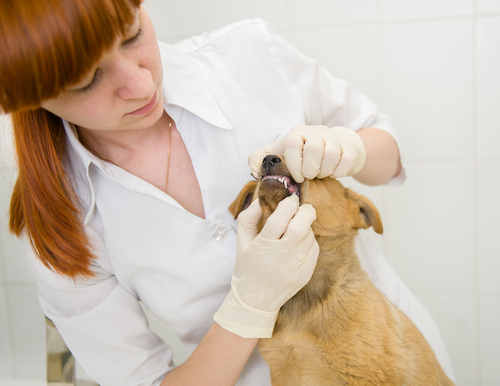
Just like children, it is best to begin a daily toothbrushing routine with your dog while he still has the pearly whites of puppyhood. Even though these teeth will fall out, your pup will learn to tolerate brushing the same way they learn to tolerate bathing, nail trims and haircuts.
If you have rescued an adult dog, ask your vet if his teeth are healthy enough to begin brushing or if a professional dental cleaning should be done first.
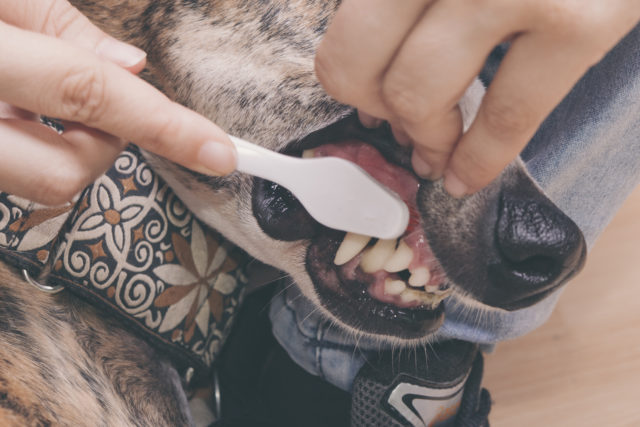
When the time comes to begin a brushing protocol, make sure you have the best supplies for the job. The bristles of toothbrushes designed for humans tend to be too stiff for a dog’s delicate gums. Dog toothbrushes typically come in two forms, a handled version and a finger brush.
Our flexible Rubber Finger Brush fits over your pointy finger, allowing you more control as you massage your dog’s gums. And, it’s completely FREE!
We are so passionate about canine dental health that your first finger brush is on us, while subsequent replacement brushes are just $3!
Even more important than your choice of brush is picking an effective, high-quality dog toothpaste. Most human toothpastes contain fluoride and some contain xylitol, both of which are toxic to dogs. Choosing a product designed especially for dogs is essential!
This is especially important for restless pups that will only tolerate brushing for a short time. As long as you are able to introduce the paste into the mouth, your dog will benefit from its build-up clearing, breath-freshening properties.

We understand that daily brushing is a big commitment, and not always the easist task to complete. Even veterinarians sometimes fall behind, but as Dr. Andy Roark of Cleveland Park Animal Hospital tells WebMD Pets:
“I am always going to aspire to daily brushing, because no matter how hectic our lives are, effort directed at making our pets healthier and happier is never wasted.”
H/T to WebMD Pets, Vetstreet & DVM360
The post Why You Need To Brush Your Dog’s Teeth Daily appeared first on iHeartDogs.com.
via Whisker Therapy
